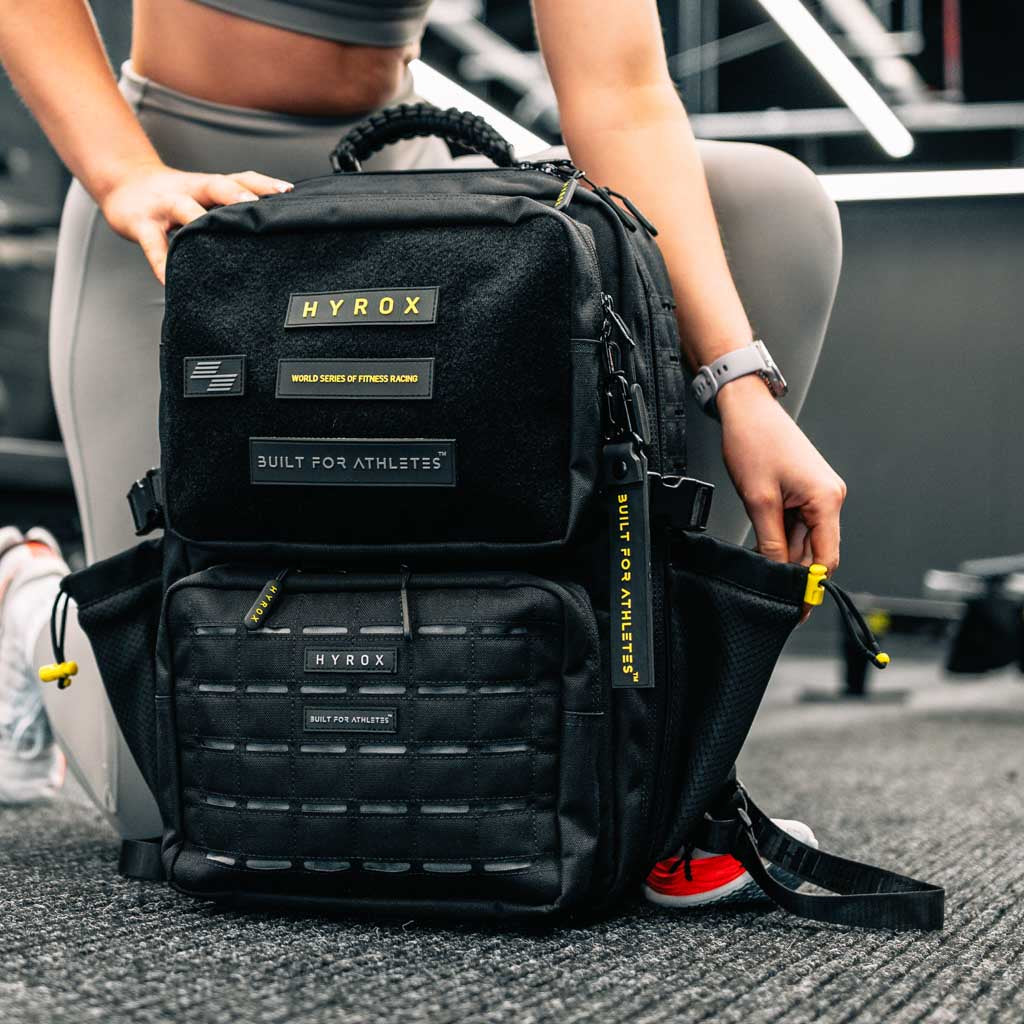As the 2025 HYROX season kicks back off, Zara Piergianni shares expert taper week tips. Learn how to tailor your taper, prepare for race day, and optimise sleep, hydration, and nutrition.
Zara Piergianni's Top Tips for a Successful Taper Week
As many of you gear up to race the first HYROX event of 2025 , here's three top tips and considerations for a successful taper.
What Is Tapering or a Taper Week?
Tapering refers to a phase (often determined by an individual's experience, training load, and competition) of reduced training load, leading into a race or competition.
The purpose of a taper is to reduce negative (both physical and mental) impacts of training, e.g., fatigue that might have accumulated, without losing the adaptations (be it strength, fitness, for example) that you've made in the previous weeks or months.
Three Top Tips for a Successful Taper
1. Your Taper Week Should Be Individual to You
Whilst there are general ideas you can follow, backed by science, around a successful taper week (e.g., reducing volume between 30–50%, whilst maintaining intensity), not everybody's taper weeks will look the same. Often this can be related to an athlete's training, race experience, and their understanding of their body.
Ideally, you want to still be hitting sessions that focus on skill-specific work—think technique efficiency over weight and load—as well as practicing your running race pace, which can be done in an interval or fartlek (mixed pacing) type session.
Don't panic if people seem to be "doing more" than you in taper week. The hard work is done—you won't be making any adaptations within this week—but doing too much can undo all of your hard work!
2. Start Making Plans Now – Don't Give Yourself Too Much to Think About on Race Day!
The only thing you want to be thinking about on race day is your strategy (and having fun!). This week, start to familiarise yourself with the event guide, the race standards, the course map (including the number of laps), your check-in time, etc.
Prepare your race-day checklist, including your kit, any gels you might take during the race, your ID, for example. Finally, write out and practice your warm-up. The warm-up area is an adrenaline-filled space, so going in with a plan will help you to stay relaxed and focused before heading to the start-tunnel.
3. Focus on Your Sleep, Hydration, and Nutrition
Sleep:
Make sure you're getting enough quality sleep—this allows the body to repair, recover, and adapt to the training you've accumulated over the previous weeks. Ideally, you want to try and increase your overall sleep quantity each night if possible.
Try to reduce screen time or thinking about your race too much before going to sleep (easier said than done, I know), but I always like an "easy-read" book to help relax me in the evening.
Hydration:
Your hydration should start way before race day! Being up to 5% dehydrated on race day can result in up to 30% reduction in performance.
In the week leading into the race (if you're not already doing it), consider adding electrolytes to your water and do the "wee test!" to make sure you're hydrated enough. Electrolytes are important for regulating blood volume, cognition, and muscle contractions (to avoid cramp) so will have huge race advantages!
Nutrition:
The number one rule: don't try anything different leading into the race or on race day. By now, you will have a good understanding of the types of foods and sources that leave you feeling fuelled rather than sluggish!
Whilst it's a good idea to increase your carbohydrates 48 hours from race day, the volume and amount should be individual to you. You should be consuming your last "proper" meal 3–3.5 hours from your start time. Focus on high-carb, low-fat, and low-fiber here, as carbohydrates are your primary fuel source during the race.
Remember, the hard work is done. The only thing left to do is to go out and showcase your training. Best of luck to everyone competing!























Share:
High Carb Days: Boosting Recovery and Performance
#WOTW: JK Series